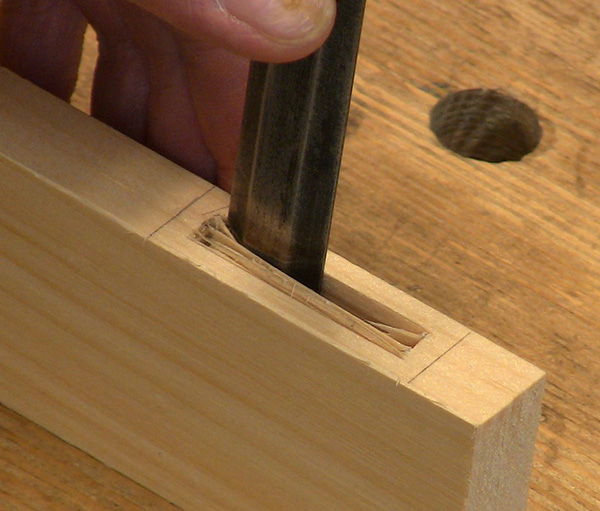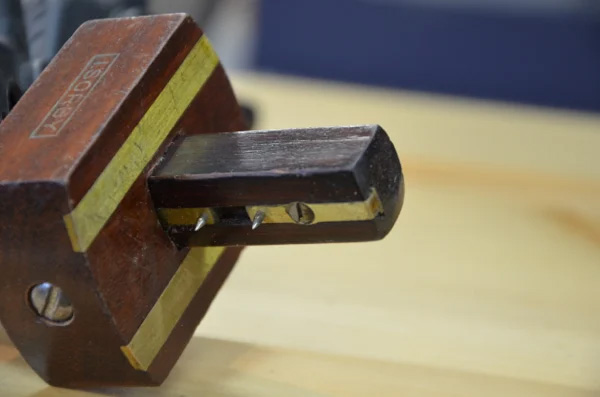
A "mortise" is a precisely cut hole in a piece of wood, designed to fit a corresponding "tenon" from another piece of wood, creating a strong joint called a "mortise and tenon" - essentially, you would use a mortise to securely connect two pieces of wood together, especially when you need a strong, visually appealing joint, like in furniture construction.
"When we build, let us think that we build for ever."- John Ruskin
The mortise acts as a socket that receives the tenon, which is the protruding piece of wood that fits into the hole.
"Never half-ass two things, whole-ass one thing." - Ron Swanson
from GoodReads. Mortise and tenon joints are considered one of the strongest wood joinery methods due to their interlocking design.
This joint is frequently used in making furniture like chairs, tables, and doors, where stability and a clean aesthetic are important.
If you wish to embed this video in your website, copy and paste the code below:
≶iframe width="360" height="202" src="https://www.youtube.com/embed/JSY_SVfejlQ?si=Sm3XbfLyQpL2Qq8b"
title="YouTube video player" frameborder="0" allow="accelerometer; autoplay; clipboard-write;
encrypted-media; gyroscope; picture-in-picture; web-share" referrerpolicy="strict-origin-when-cross-origin"
allowfullscreen>
To cut a mortise, first accurately mark the mortise location and dimensions on the wood using a combination square and mortise gauge, then use a chisel and mallet to carefully remove the wood within the marked lines, starting with a series of deep cuts along the mortise edges and gradually working towards the center to avoid splintering; for deeper mortises, consider pre-drilling holes with a large drill bit before chiseling out the bulk of the material.

registering along the same registration face just in case I'm off-center or out of square....
Deep mortises: For deep mortises, use a large drill bit to drill a series of holes along the marked mortise area, ensuring the holes are close enough to almost connect.

©2050 Megan McIntosh